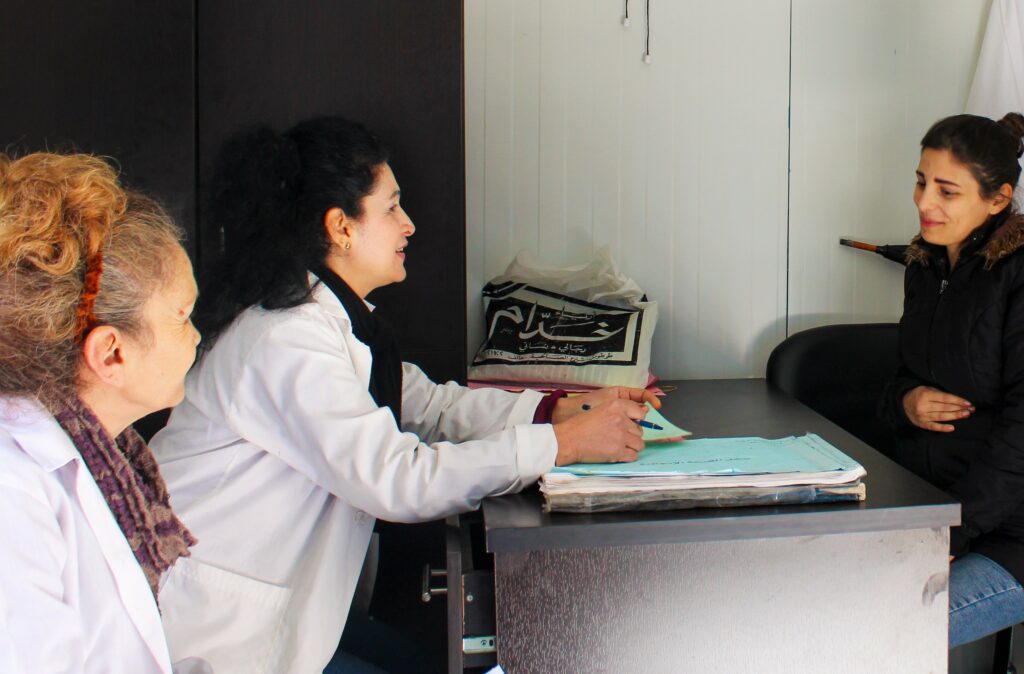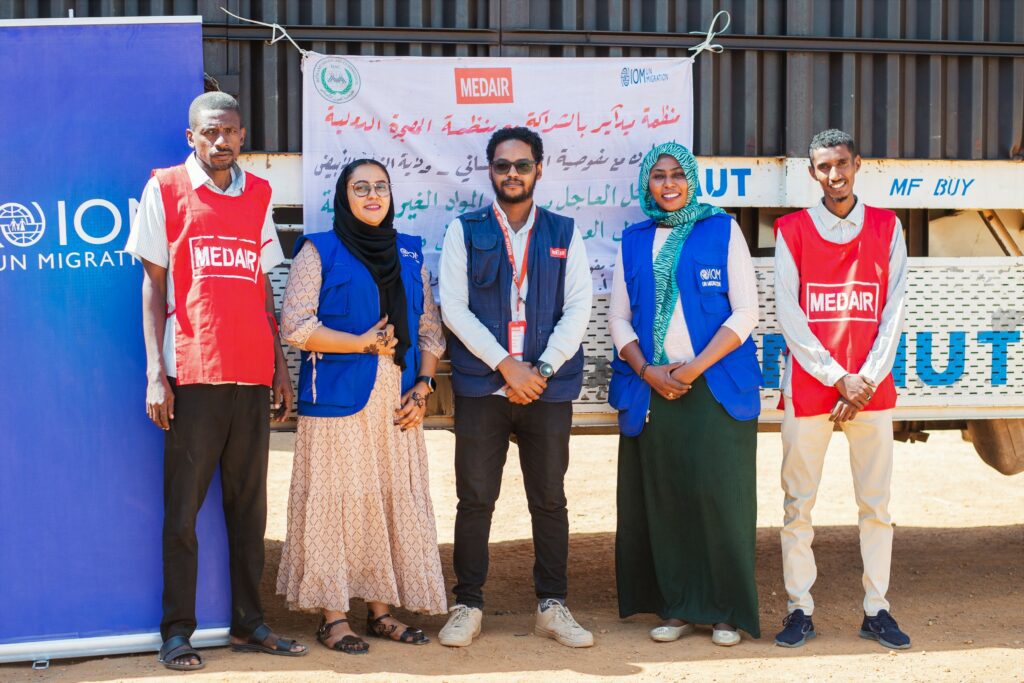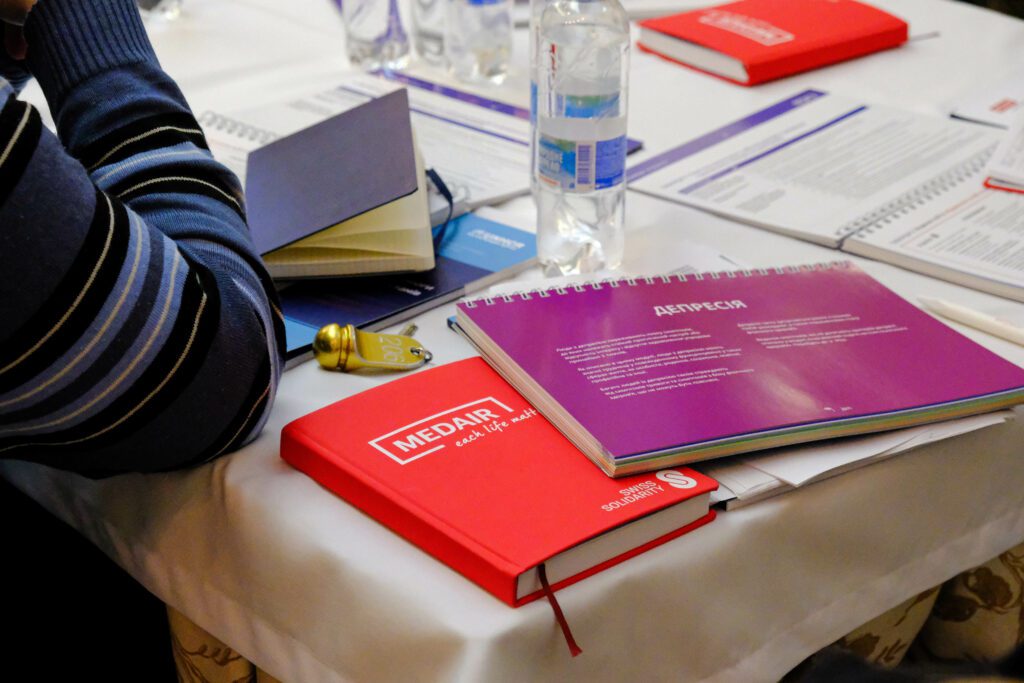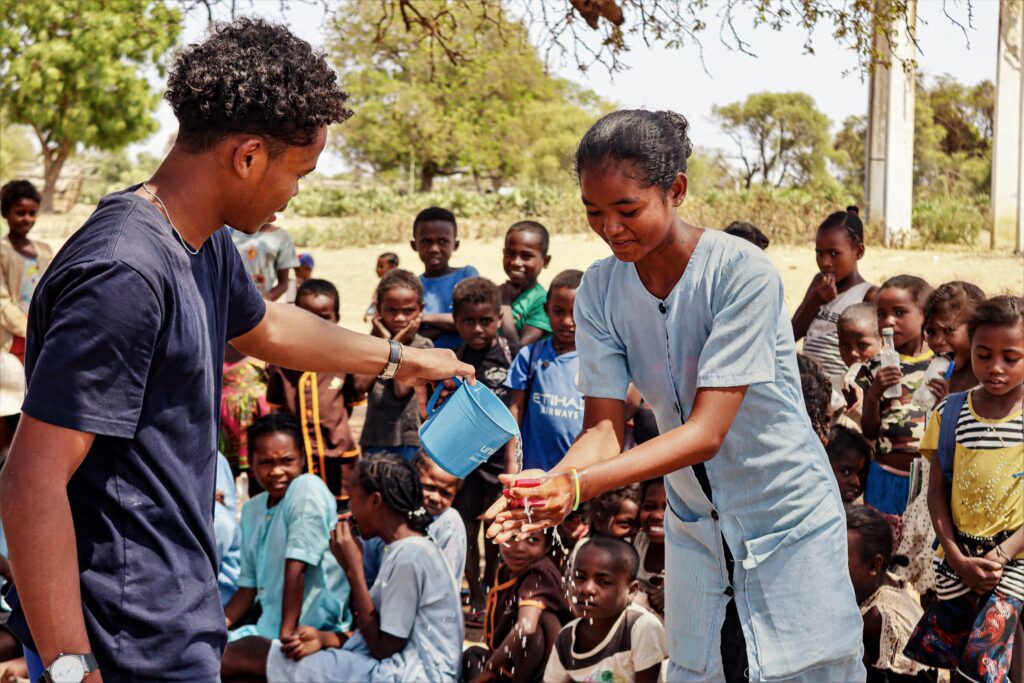Afghanistan: Life Goes On
2'
As I fly from Kabul to southern Afghanistan, I can’t help but feel a certain change take place.
The noise and smog of city life begin to visibly quiet. The land, covered by mountains in most areas of central and northern Afghanistan, slowly flattens to arid, dusty plains. Just a scattering of hills dot the landscape. The multi-storey buildings of the city turn to mud-brick houses. Wide and snake-like riverbeds lay dry as they cross the landscape and farmland is scattered about near villages. I wonder about how people survive on what looks like endless, barren, sand-coloured land stretching to the horizon.
After the plane touches down, a rosebush garden greets us at the airport, and contradicts the stereotypical picture of southern Afghanistan—the oft-cited centre of conflict in the country. As I wait in the sunshine to pick up my bag, I listen as the language switches from Dari to Pashto and men greet each other with warmth.
The culture, more conservative here in the south, means we throw burkhas over our heads as we head to the office. Through a mesh of green, I watch as people go about their business in town. A car dealership. A motorcycle repair shop. Bicycle stores. The absolutely essential bread shops of Afghanistan displaying rows of freshly cooked naan.
Men wrapped in various shades of brown and tan patus, a sort of shawl/blanket, ride through town on motorcycles and bicycles. Although sunny, the winter air still holds a chill. The rest of the road is filled with its mix of cars, small trucks, and local trolleys, while the land outside town extends into the desert.
On days like this, it’s sometimes hard to imagine that the country is at war. But even on this calm sunny day, checkpoints along the road and cautious discussions of recent incidents are a reminder of the insecurity and daily risks. A reminder of the conflict that has lasted for nearly four decades.
I think of the impact of the last 40 years on the people of Afghanistan. Of the many acute emergencies, both minor and major, that have spanned those years. The communities that have had to adapt, to learn how to cope. Life here goes on, but the effects of conflict have slowly and relentlessly taken their toll on the availability of services, and on the people who need access to them. Meanwhile, the world speeds into the future, leaving them behind. As my eyes pan beneath the green mesh, I wonder if the people here feel left behind. I wonder if they still feel hope.
Kandahar province has one of the highest Global Acute Malnutrition (GAM) rates in Afghanistan. To respond to this life-threatening crisis, Medair began providing community-based nutritional services in 2014 at eight mobile nutrition sites near urban areas. We nurtured strong community relations and soon extended our services to 27 rural nutrition sites—reaching families who could not safely or easily travel to clinics.
Our nutrition extension workers go from home to home screening children for malnutrition, then we treat children under five who are found to have acute malnutrition, while also training mothers on basic hygiene and nutrition. Our teams cannot put a stop to all the challenges faced in southern Afghanistan, but as we carry out our life-saving work, we hope it is a reminder to the people of Afghanistan that they are not forgotten.
Please consider a gift that helps bring hope to the people of southern Afghanistan.
Medair’s work in Afghanistan is made possible with support from Global Affairs Canada, Common Humanitarian Fund, Canton of Zurich (CH), Gebauer Foundation (CH), and generous private donors.
This content was produced with resources gathered by Medair field and headquarters staff. The views expressed herein are those solely of Medair and should not be taken, in any way, to reflect the official opinion of any other organisation.
CHECK OUR LATEST STORIES
Featured StoriesStoriesSyriaHealth and Nutrition
A new life for a clinic in Syria
"The clinic is ready!" The news was music to Dr Eyad's,(the director of Tal Salhab clinic), ears. Medair had just completed the rehabilitation of Tal Salhab's only primary health centre, providing it with much-needed medical equipment – offering a lifeline to over...
StoriesSudanWater, Sanitation and Hygiene (WASH)
The Sudan crisis: how Medair is stepping in
Sudan crisis: how Medair is stepping in Twelve months into the armed conflict in Sudan, it has become the largest displacement crisis in the world. To date, 8.4 million people have been forced to flee their homes, and the number is growing every day. Families have...
StoriesUkraineHealth and NutritionMental Health
The Need for mental health support in Ukraine
“I really enjoyed the organization of these trainings. I’ve already gained a lot of interesting knowledge, which, it seems, I was already familiar with, but had never thought about it deeply. Learning new things, I understand how I can apply them in my work to...
StoriesMadagascarWater, Sanitation and Hygiene (WASH)
Medair’s innovative response to drought
In southern Madagascar, Medair aims to play a key role in improving access to water, sanitation, and hygiene for vulnerable communities affected by drought and 'kere' (famine). Normally, people living in remote villages in southern Madagascar need to walk 10 to 40...
StoriesUkraineShelter and Infrastructure
Surviving Adversity
“Sometime around 6 a.m., my nephew called me and said, ‘Are you still sleeping? THE conflict has started.’ I shouted at my children to turn on the television to watch the news. I never thought I would experience something like this at my age. It was a terrifying...
StoriesJordanHealth and Nutrition
Health Improvement Journey
"We lost everything, our home and farm, therefore I left everything behind me. I carry hope to have a better place for me and for my family," Fozeh said, her voice heavy with the weight of displacement but her spirit resilient with the promise of a brighter future....
StoriesMadagascarWater, Sanitation and Hygiene (WASH)Women & Children
Fetching water, a burden for women
In the struggle of finding clean water, women bear the heaviest load "In addition to my duties as a single mother, I have to fetch water three hours away every day," shares Farasoa, a 38-year-old divorcee raising seven children in the Fokontany of Ambory...
StoriesYemenHealth and Nutrition
From a shack to a health unit
Following nearly a decade of conflict in Yemen, the country has experienced a partial collapse of an already fragile public infrastructure, leaving approximately 66 percent of the population in dire need of humanitarian assistance. Yemen’s healthcare system has...





